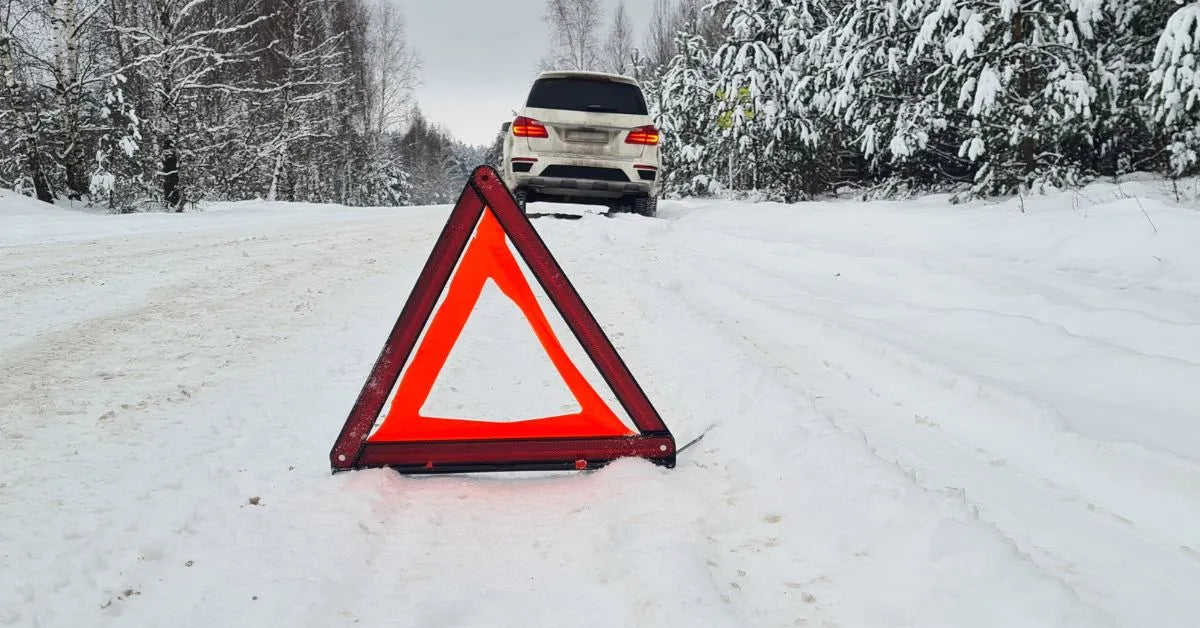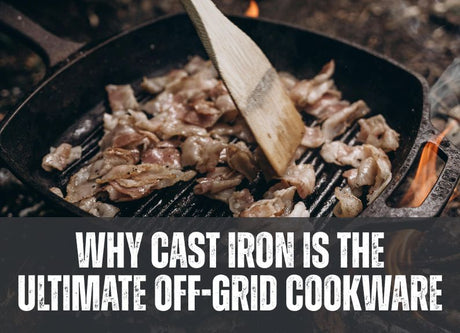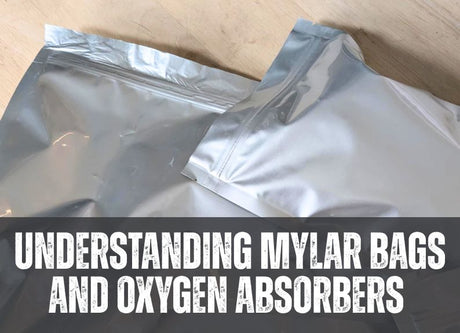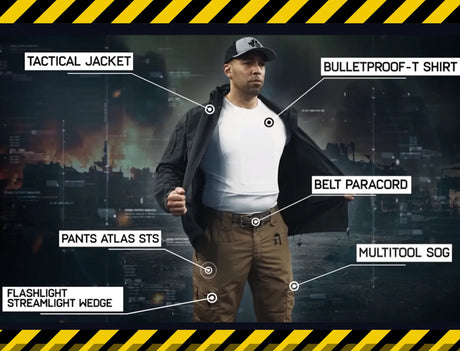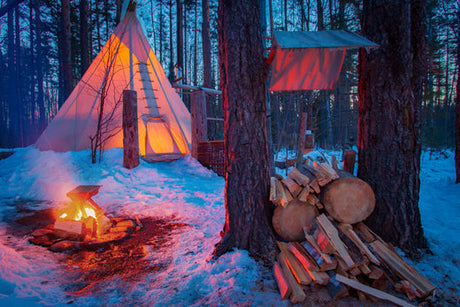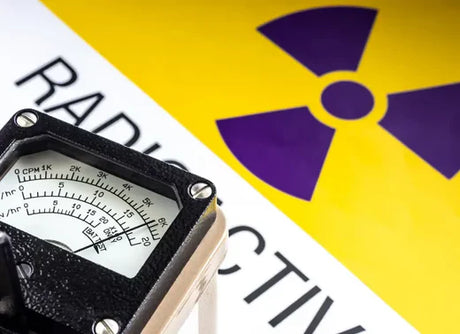At -30°C, your car’s battery may lose up to 35% of its strength, and at -40°C it can drop to 60% so stashing a well-equip winter survival kit in your car can be a crucial factor for you and families safety. The Canadian Automobile Association (CAA) reports that nearly 30% of all winter roadside assistance calls result from dead batteries—stark evidence that a simple commute can morph into a survival scenario once the mercury plummets. I’ve been on those frigid backroads myself, feeling my breath freeze on the windshield while listening to the distant howl of the wind. With millions of Canadians driving in winter conditions each year, preparation isn’t just wise; it’s non-negotiable. Let’s dive into some proven strategies to build a winter emergency kit for your car that can make the critical difference when conditions turn deadly.
Staying Warm and Visible
Even when you’re just a few kilometers from home, the right combination of warmth and visibility can make all the difference in a winter emergency. Insulating layers help you retain precious body heat, while bright, reflective gear ensures passing motorists or rescue teams can spot you quickly. It’s about more than comfort—these measures can buy you critical time and potentially save your life when temperatures drop and help is still on its way.
Frostbite and Wind Chill:
Environment Canada states that exposed skin can develop frostbite in as little as 10 minutes at -28°C with only a slight wind; any additional wind chill shortens that window even further. In these conditions, even gaining a few degrees of warmth can be critical. A high-quality sleeping bag or wool blanket provides an extra 5°C to 10°C of perceived warmth, offering precious time to clear your head, figure out your next step. For those looking to add a more controlled heat source, consider packing a portable propane heater designed for indoor or vehicle use, or even a few tea light candles set in a metal container. These small but powerful heat sources can raise the temperature inside your car’s cabin enough to prevent fingers and toes from going numb.
If you choose a propane heater, ensure it’s one specifically rated for enclosed spaces and carefully read the manufacturer’s guidelines. Proper ventilation is vital to prevent carbon monoxide buildup—cracking a window slightly can improve airflow without letting in too much cold. By combining insulating layers, portable heat sources, and common-sense safety measures, you maximize your chances of staying warm, alert, and ready to act, no matter how fiercely winter’s fury rages outside.
Visibility’s Impact on Rescue Times:
If you’re stuck in reduced visibility conditions, such as heavy snowfall or blizzards, oncoming vehicles and emergency responders struggle to spot you. Having reflective jackets and emergency LED lights and flares that can be seen from two miles away increase your odds of a faster rescue. According to the U.S. Department of Transportation, improved roadside visibility can reduce secondary accidents by up to 15%, which is critical when you’re stuck on the shoulder of a road.
Modern Alternatives to Flares:
LED rescue or emergency lights last significantly longer than traditional pyrotechnic flares—running up to 60 hours compared to the 20-minute burn time of a standard flare. This 180-fold increase in visibility duration can mean the difference between being noticed after 30 minutes or several hours, a timescale that matters in hypothermic conditions.
Power and Communications
A reliable power source and the ability to communicate are lifelines in a winter emergency. When frigid temperatures sap your car’s battery strength and your smartphone’s battery life, having the right gear at hand ensures you’re never completely cut off. Setting yourself up with backup power options and plans for reaching help isn’t just about keeping the engine running—it’s about preserving that critical connection to the outside world, even when conditions turn harsh.
Battery Failures and Response Delays:
During the extreme cold snaps we often see in Canada, research shows over a 20% increase in battery-related roadside assistance calls. Having a portable jump starter in the trunk can often get you back on the road in minutes, rather than waiting an hour or more for a tow truck. I personally use the NOCO Boost XL GB50 as it doubles up as a flashlight and portable power bank.
You should also always include a set of jumper cables in your car, not only as back-up if your portable jump starter decides to quit on you, but also in-case you come across someone else who needs a boost, it's a simple way to save someone's day.
Phones and Signals:
With more than 80% of Canadians relying on their smartphones for real-time weather updates, roadside assistance calls, and navigation. A fully charged phone in sub-zero temperatures can lose power twice as fast, making having a power bank with the appropriate cables for your phone essential for your car's winter survival kit. Some emergency radios also include hand-crank or solar charging options, ensuring a reliable lifeline even if your phone dies.
Personal Locator Beacons (PLBs):
When you’re stuck on a remote winter road far from any town, running your engine is risky, cell coverage is spotty at best, and temperatures can drop drastically overnight. A Personal Locator Beacon (PLB) provides a guaranteed line of communication to rescue agencies, dramatically increasing the likelihood of timely assistance. In-fact having a PLB can cut rescue times by up to 60%. Research from Northern Canadian provinces has shown that when stranded motorists utilize a PLB, the window between alert and rescue response is significantly shorter, resulting in better outcomes for those exposed to the life-threatening cold.
In essence, a PLB acts as a digital “mayday” that cuts through isolation, silence, and darkness. It’s a device that doesn’t rely on luck or good weather to signal for help—just push a button, and you’ve improved your odds of surviving an extreme winter incident on Canada’s toughest roads.
Tools, Traction, and Calories:
When temperatures drop and roads disappear beneath the snow and ice, the right tools and sustenance can be the difference between a stressful delay and a life-threatening emergency. Proper traction gear, like a collapsible shovel or reliable snow tracks, empowers you to escape a snowbound rut, while smart calorie planning and easily accessible hydration keep your body fueled and focused. These strategies aren’t just helpful—they can meaningfully improve your odds of staying safe, warm, and in control when winter does its worst.

Probability of Being Stranded:
Transportation Canada estimates that roughly 1 in 10 Canadian motorists experience a winter immobilization event each year— whether it due to a ditch, snowdrift, or mechanical failure. A small collapsible shovel or traction tracks can increase your chances of self-recovery by up to 40%, turning a potential all-night ordeal into a manageable inconvenience.
Combating Energy Loss:
Hypothermia risk rises when your body burns through calories just to maintain core temperature. According to cold-weather survival studies, an average adult can lose heat so rapidly that adding 300–500 extra calories per hour significantly improves their ability to stay warm. Nonperishable snacks like energy bars, nuts, and MREs provide slow-burning fuel to keep you mentally alert and physically capable. Use our Calorie Calculator to discover how many calories you and your family may need to stash in your car's winter survival kit.
Juices vs. Water:
Water freezes at 0°C, which turns those plastic bottles in your trunk into solid blocks of ice when temperatures plummet deep into the negatives. It’s not just inconvenient—lack of liquid water can quickly become a serious survival issue. Juice pouches, on the other hand, have sugars and other compounds that lower their freezing point, often remaining partially liquid longer. This might sound like a small detail, but having easily accessible hydration matters when dehydration sets in, impairing your concentration, slowing reaction times, and accelerating fatigue.
Even with careful planning, you can’t rely solely on juice staying fluid, especially if you’re stranded for hours or days. This is where a compact isobutane stove steps in as a game-changer. Isobutane stoves are designed to function in cold environments, delivering a steady, controllable flame that can melt down compact snow, providing you with a near-constant supply of drinking water. Having this capability is not just about quenching your thirst—it also enables you to prepare hot meals if you’re carrying MREs or freeze-dried foods. Studies in cold-weather survival scenarios show that the ability to produce warm, calorie-dense meals improves both morale and body heat retention, enhancing your endurance in sub-zero conditions.
Safety and First Aid

Immediate Intervention Saves Lives:
Immediate medical attention in roadside emergencies can increase survival rates by up to 30%. A first aid kit equipped with bandages, antiseptics, and a tourniquet isn’t just a box of supplies—it’s a life-saving toolkit.
Fire Risk and Response:
While rare, vehicle fires can occur and spread rapidly in frigid conditions where mechanical parts are stressed. A Class B/C fire extinguisher offers a first line of defense. Studies show that quick application of the right extinguisher can contain a fire 80% faster than waiting for emergency responders, greatly reducing damage and increasing your safety margin.
Signaling for Help Effectively:
A whistle can produce a consistent 100–110 decibels of sound, carrying farther than the human voice, especially across open snowfields. This acoustic reach can double your odds of attracting attention compared to shouting, which diminishes quickly in cold, windy environments.
Preparing a Winter Survival Kit for Your Car
No one plans to be stranded on a lonely winter road, but Canadian winters show little mercy to the unprepared. By taking the time to build and maintain a proper winter car survival kit, you’re not just assembling a pile of gear—you’re actively raising your chances of staying safe, warm, and alive. having reliable heat sources, visibility aids, power backups and first aid essentials, every piece of equipment plays a role in buying you crucial minutes, even hours, in extreme conditions. These tools and strategies can bridge the gap between an inconvenient delay and a life-threatening emergency. With knowledge, foresight, and the right gear, you’ll be ready to face winter’s fury head-on.

Complete List of Winter Survival Essentials for your car
- Warmth & Visibility:
- High-quality wool blanket or sleeping bag
- Portable propane heater rated for indoor use (with proper ventilation) or tea light candles in a metal container
- Reflective winter jacket or safety vest
- LED emergency lights, flares, or rescue beacons
- Power & Communication:
- Portable jump starter and backup jumper cables
- Hand-crank or solar-powered emergency radio
- Fully charged power bank with phone-compatible cables
- Personal Locator Beacon (PLB) for remote-area distress signaling
- Tools & Traction:
- Collapsible shovel or traction tracks to free stuck tires
- Ice scraper and snowbrush to maintain visibility
- Multi-tool for basic repairs
- Tire chains, sand, or non-clumping cat litter for traction
- Food & Hydration:
- High-energy nonperishable snacks (energy bars, nuts, MREs, freeze dried foods)
- Juice pouches that resist freezing better than water
- Isobutane stove to melt snow for drinking water or heating meals
- Safety & First Aid:
- Comprehensive first aid kit (bandages, antiseptics, tourniquet)
- Small fire extinguisher (Class B/C)
- Whistle for long-range acoustic signaling
- Spare clothing (socks, mittens, hat) and hand warmers
- Additional Essentials:
- Maps, compass, and written emergency contacts
- Duct tape, rags, and basic tool kit for on-the-fly repairs
- Roadside reflectors or warning triangles to enhance visibility
- Keep your gas tank at least half-full to avoid fuel-line freeze-ups
By assembling these items into a clearly organized and regularly checked kit, you equip yourself with the means to endure Canada’s harsh winter roads—not just surviving, but maintaining the confidence to push through when conditions turn dire.

